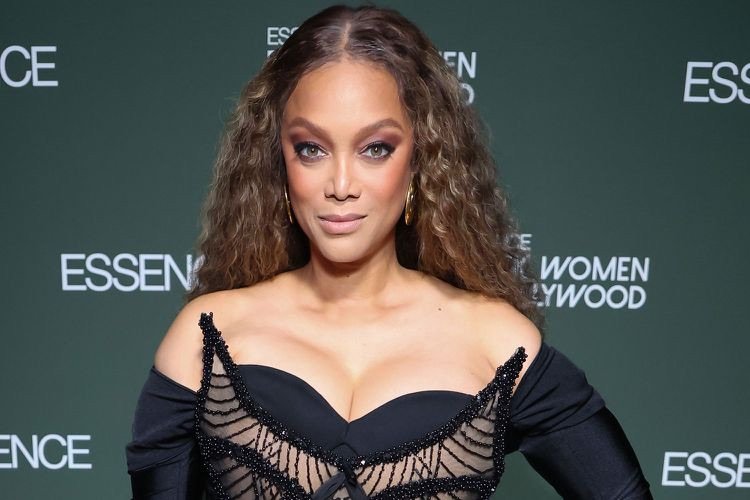In a landmark move that could pave the way for more inclusive conversations in sports, 23-year-old Anaya Bangar—child of former India cricketer Sanjay Bangar—has stepped forward to challenge existing boundaries in women’s cricket. Anaya, who previously went by the name Aryan, is a proud transgender woman and a passionate athlete. In a powerful Instagram video and an eight-page scientific report, she has called on the International Cricket Council (ICC) and the Board of Control for Cricket in India (BCCI) to recognize and support transgender athletes like herself.
From Aryan to Anaya: A Journey of Identity and Courage
Anaya Bangar’s story is not just one of transition; it is a testimony to resilience, determination, and the pursuit of truth. Having undergone Hormone Replacement Therapy (HRT) and gender-affirming surgery in the past year, Anaya is now living her life as her true self in the United Kingdom. But more than just embracing her gender identity, she has continued to push boundaries as an athlete.
Her journey, documented through structured scientific assessments, sheds light on the physiological changes her body has undergone during and after HRT. This was no casual experiment—Anaya collaborated with the esteemed Manchester Metropolitan University to assess her eligibility and performance as a woman athlete.
The Science Behind Inclusion: What the Data Says
In a bold and transparent move, Anaya shared the results of her athlete testing report online. The study measured her muscle strength, endurance, glucose metabolism, and oxygen levels—key performance indicators in professional sports. These results were then compared to the norms of cisgender female athletes.
The outcome? All her parameters fell squarely within the typical range expected of cisgender women athletes.
“This is not based on opinions or assumptions,” Anaya said in her Instagram video. “This is real, measurable data. Science says I’m eligible to play women’s cricket.”
“Not Fear, But Facts” — A Call to Sports Bodies
Anaya is now submitting this comprehensive report to the ICC and BCCI, hoping it will spark a conversation rooted in facts, not fear. She doesn’t seek preferential treatment—only the chance to compete fairly, like any other woman athlete.
“My only intention is to start a conversation based on facts—not fear. To build space, not divide it. Whether you agree or not, thank you for witnessing,” Anaya says with quiet strength.
She ends the video with a question that resonates far beyond the cricket field:
“Eligible hoon. Ab sawaal yeh hai—kya duniya tayyar hai sach sunne ke liye?”
(“I’m eligible. Now the question is—Is the world ready to hear the truth?”)
Current ICC Policy: A Barrier Yet to Break
As it stands today, transgender athletes are not permitted to participate in women’s cricket. The ban was enforced following the 2023 Cricket World Cup, during an ICC board meeting. The policy bars trans women from competing in women’s categories, regardless of hormone therapy or individual assessments.
This rule has been criticized by many for being blanket in nature—failing to consider scientific evaluations or personal medical journeys. With Anaya’s submission, there may now be a compelling reason for global cricket bodies to revisit their stance.
What This Means for Women’s Cricket and Trans Representation
Anaya Bangar’s stand marks a pivotal moment in Indian and global sports. Her actions highlight not just the presence but the active contributions of transgender athletes. If cricket, often called a religion in India, can open its doors to inclusion, it may influence other sports federations to re-examine outdated or exclusionary policies.
Her story is a reminder that trans people are not asking for special treatment; they’re asking for fairness, equity, and dignity.
Voices That Matter: Why Anaya’s Message Must Be Heard
With her family’s cricketing legacy and her own athletic pursuit, Anaya brings a unique blend of credibility and vulnerability to this discussion. She stands as a bridge between the worlds of tradition and transformation.
By courageously documenting her journey and presenting empirical evidence, she is doing what many policies fail to—offering transparency, accountability, and data-driven insights.
Cricket has always been a game of boundaries, but the moral arc of the sport must now bend toward inclusion. With voices like Anaya’s leading the charge, it may soon be time for cricket to welcome all its players—regardless of gender identity—into the pitch of possibilities.






